Objective Clarification
Determining the core business objectives this initiative aims to achieve.
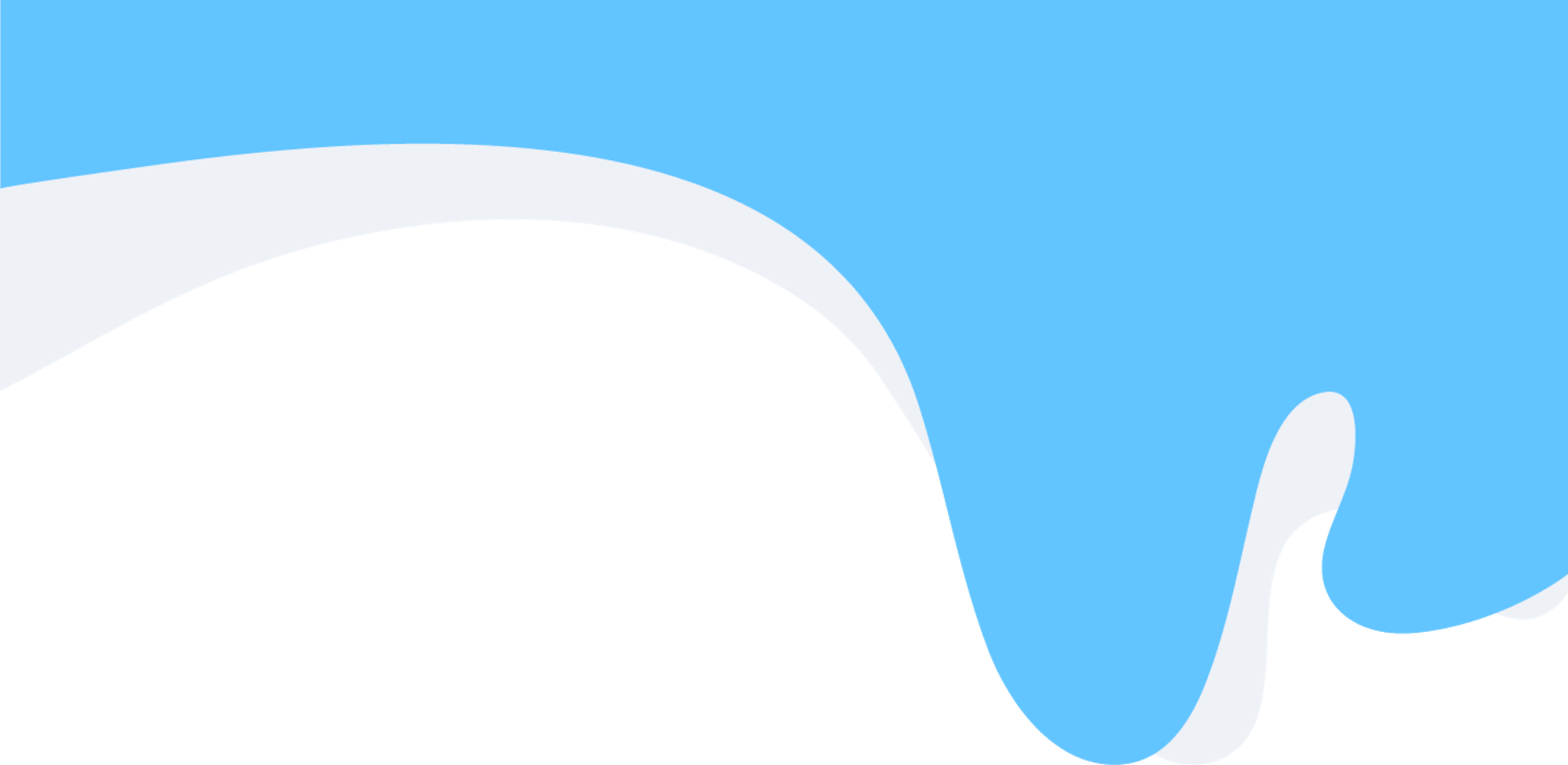
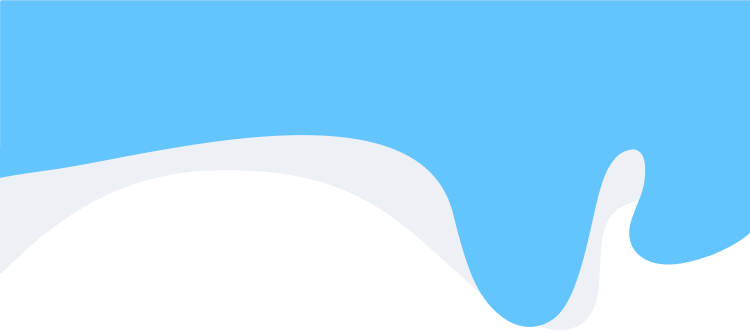
Our Product Discovery methodology is a dynamic, pragmatic, and goal-oriented approach to the intricacies of product development. Our ability to integrate and adapt continuously based on live feedback and insights is key to its success. This non-linear, comprehensive approach is market-tested, so you can be confident that you’re on the right path to success. How?


Okay, step one. What are the issues that need addressing? Here’s when we define what success looks like by assessing business objectives, customer problems, and user personas. A thorough examination to frame the problem will ensure every aspect of the discovery aligns with strategic objectives and market demands. Key considerations include:?
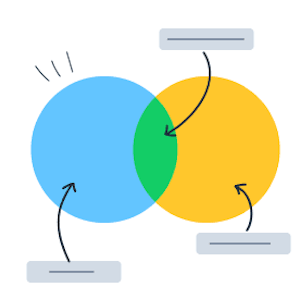
Determining the core business objectives this initiative aims to achieve.
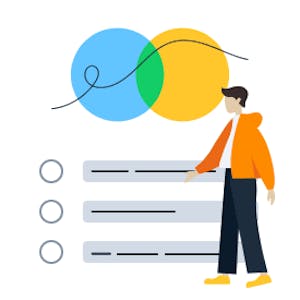
Establishing clear success criteria to guide and measure our progress.

Pinpointing the specific customer issues our product will address.
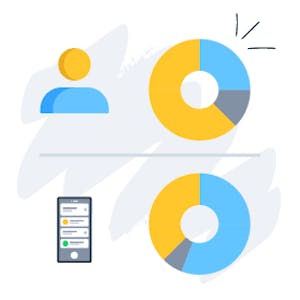
Identifying and understanding the customer segments we intend to serve.
Now, it’s time to get a better view of the user journey, and the way to do that is through Story Mapping and other techniques to organize user stories. We’ll engage with real customers and end-users, gathering feedback to gain a realistic perspective of the actual needs and behaviors of the target audience. Key elements include:?
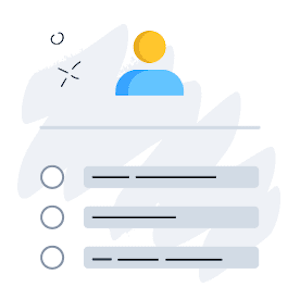
Crafting personas to capture user characteristics and tasks, focusing on their interaction with the product.
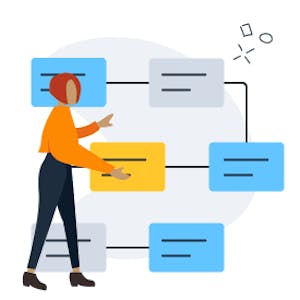
Categorizing user tasks according to summary, functional, and sub-functional goals to understand behavior and priorities.
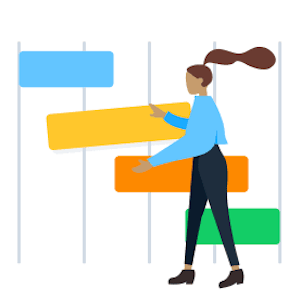
Identifying key 'release slices' that offer maximum value in line with user goal
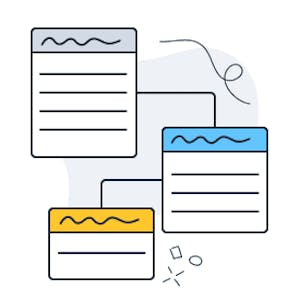
Ensuring a holistic view by detailing high-level tasks, including sub-tasks, alternatives, and exceptions, for a well-rounded scope.
Once we understand the problem to be solved, it’s time to explore solutions. Our ideation phase is dynamic, often involving customer and stakeholder interviews to validate our understanding of the user and the problem. We also use various techniques to drive our commitment to creative and expansive thinking. This phase is all about:?
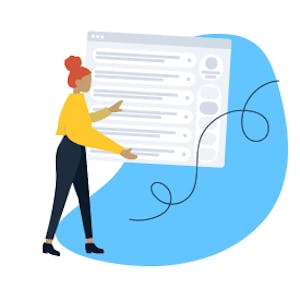
By moving away from traditional constraints, we encourage ideas that challenge the status quo, enhancing creativity.

Our environment values and explores every idea, unlocking innovative solutions.
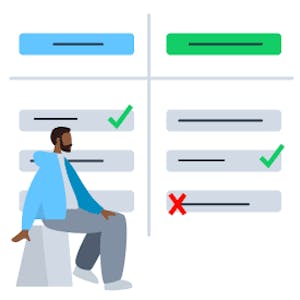
We critically evaluate each idea against the identified problems, prioritizing those that align best for prototyping, story mapping, and backlog documentation.
This stage is pivotal in transforming concepts into reality. We employ various prototyping techniques, each tailored to address specific risks such as performance, scalability, usability, and making sure the proposed solution is valuable. Our focus on creating tangible prototypes serves multiple purposes:?

Giving customers a tangible product provides feedback and insights while promoting collaboration between designers and engineers.
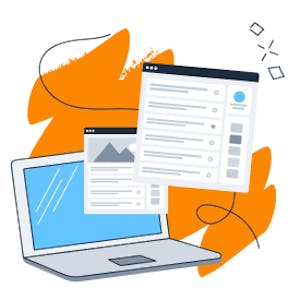
Prototypes enable us to experiment and learn at a lower cost, making the overall development process more efficient.
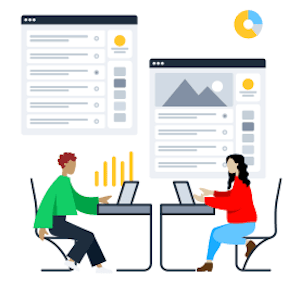
Prototyping ensures no variables are overlooked while ensuring functional and user experience requirements are captured.
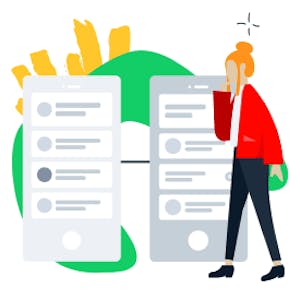
Continuously refining concepts means the final design is functional and meets the intended user needs and business goals.
Our entire goal is to create something that people will use and pay for — and that you can realistically build and sustain profitably. This final stage is where we validate and test the product, making sure that the product is not only user-friendly but actually needed in the market while also being technically feasible and financially smart.?

Focus on assessing the product or solution's effectiveness in enabling users to complete tasks and accomplish their goals rather than solely striving for product perfection.
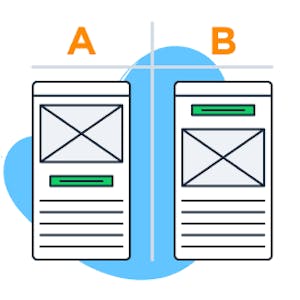
What’s the user's likelihood of adopting the product? Quantitative methods, including A/B tests, provide a glimpse into user acceptance.
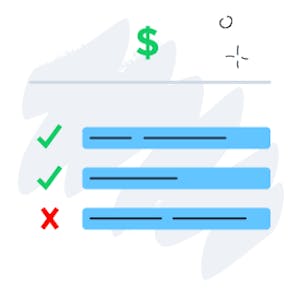
Good ideas are a dime a dozen — real products are more expensive. Here, we’ll make sure yours can be profitable.

Product discovery is step one for nearly every project at Inventive. This phase, initiated before any coding begins, is pivotal in crafting a product that aligns with your business goals and captivates your users. It's essentially about understanding the essence of your product — what it should be and, more importantly, what it shouldn't.
By understanding the needs and behaviors of your target audience, we can shape the product to engage users and generate revenue. After all, isn’t that the goal? We’ll create something your users will find useful and love. We want every interaction with your product — every swipe, click, and user experience — to be right.
That’s why product discovery is key. It’s an essential stage in the process that reduces roadblocks, feasibility issues, and technological problems. Who wants those headaches to slow everything down and expend time and resources? Not us. And not you. We know how to lay the groundwork for a successful product launch, and we can prove it.

At Inventive, every product discovery is a unique adventure crafted to meet each project’s specific needs and goals. Forget the templates and rehashed project documents with one client’s name copied and replaced with another. We thrive on exploring new challenges and providing fresh perspectives to really boost the effort your project needs.


The discovery phase involves constructing a detailed list of features and user stories for your Minimum Viable Product (MVP). User personas and a detailed, high-level view of functionality give a glimpse into the target we need to hit. Low-fidelity wireframes and prototypes bring your MVP to life, showing you what the product could look and feel like.

Every discovery journey produces an estimate of the work, a strategic implementation plan, realistic timelines, and a complete collection of all discovery-related info. These act as tools for our initial collaboration so we can make sure that all of our work is goal-oriented and aligned to set the stage for your product to be a success.

